Cutting back perennials in the fall is not only a great way to keep flowerbeds looking neat and tidy through winter, but it also aids greatly in keeping plants vibrant and blooming the following year.
Removing spent foliage and blooms helps a plant focus on recharging it’s roots and resources. It also plays a pivotal role in keeping disease and pest problems at bay as well.
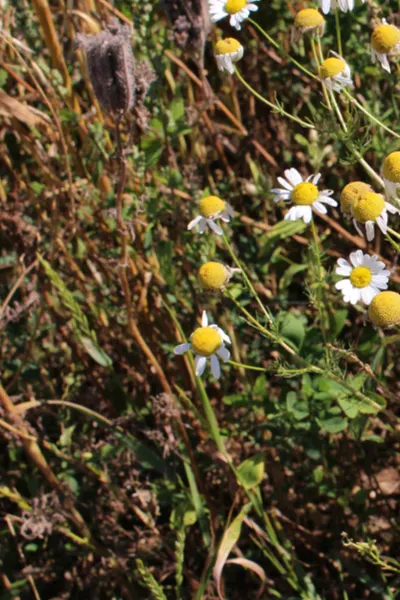
But when it comes to the when and how-to of cutting back, many gardeners get a bit leery of the process. Will I injure or kill my plants if I cut them too early. Or if I cut them back too much? And can I cut all of my perennials back, or just some varieties?
All of these are actually great questions, and hopefully, today’s article can provide some great insight on caring for your perennials this fall. Here is a look at when and how to start cutting back, and which plants should be left standing until spring arrives.
When & How To Cut Back Perennials In The Fall
When To Cut Back
As the first light frosts begin to hit plants in mid to late fall, the foliage of perennial plants will begin to die back. Once this occurs, it is the ideal time to begin cutting plants back.
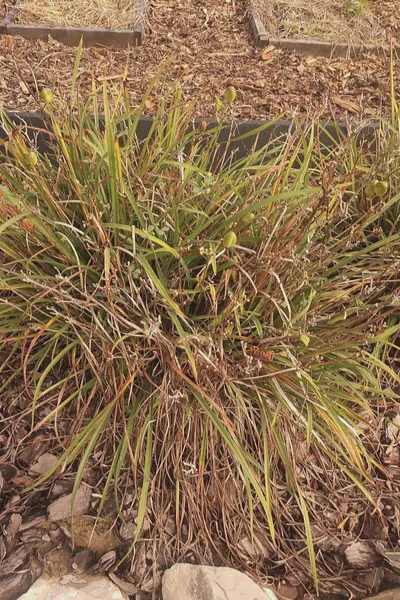
The entire plant does not have to be completely brown or faded to begin the process. In fact, as long as the blooming cycle has completed and the blooms have faded, the entire plant can be pruned back.
How To Cut Back Perennials
The process of trimming back plants is the same for nearly all perennials. Begin by cutting the plant back to 3 to 5 inches above the soil line. Using a sharp pair of pruners or hedge trimmers, cut off all of the foliage and stems.
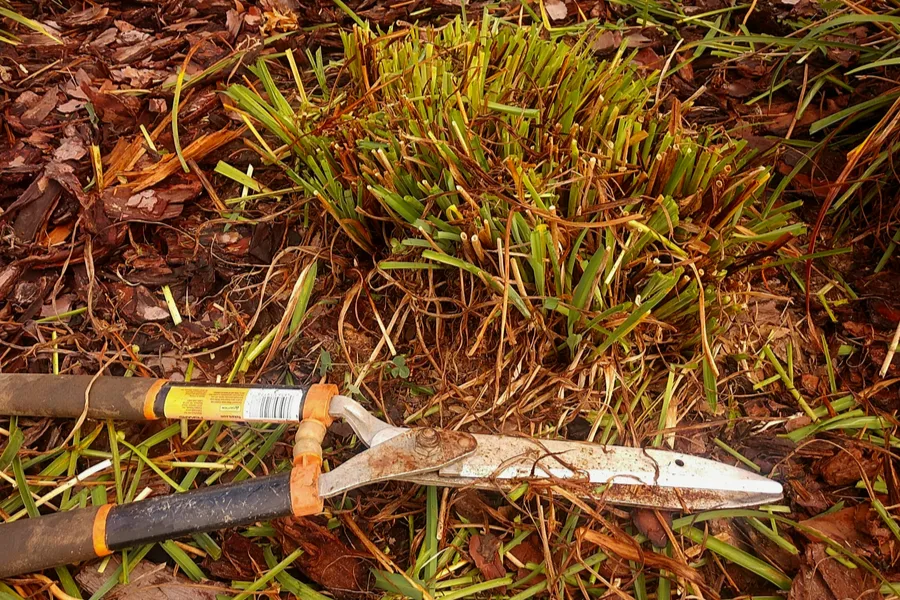
The “sharp” part is important, as much of the plant leaves and stems in the fall can be stringy and tough to cut if your blades are dull. Hedge trimming shears work extremely well at this task, making large, quick cuts. (Product Link : OARA Garden Hedge Shears)
Leaving the plant slightly above the ground has several advantages. First, the remaining foliage helps provide a bit of insulation for the plant through winter.
But leaving the plants above the ground also helps a gardener know where perennials are planted. Cutting them all the way to the ground can make it difficult to know where to add plants and mulch now and in the spring.
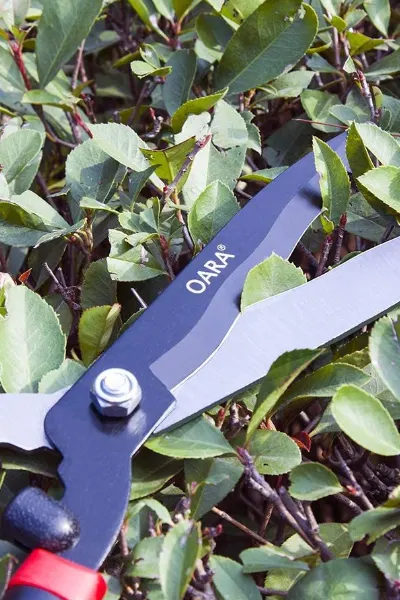
Speaking of adding plants, this is also a great time to divide plants that have become overgrown. Once divided, simply plant the additional starts to help fill in bed space for next year. (See : How To Easily Divide Perennials To Create More Plants For Free!)
What To Do With The Clippings
So what do you with all of those clippings?
As long as the plant material that is being but back is disease free, it is perfect for the compost pile. It is a good idea to shred it all up before adding to your pile to speed up decomposition.
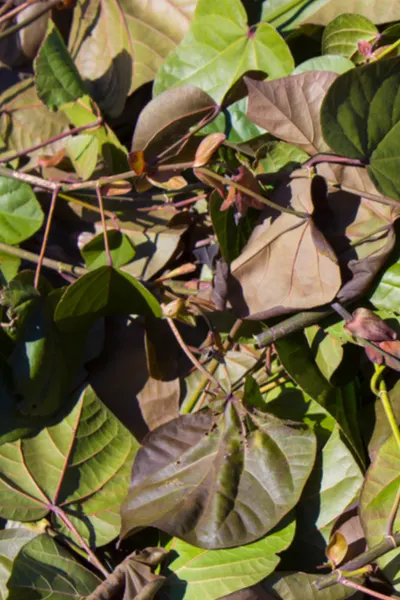
If you do not have access to a chipper / shredder, simply run your lawnmower over the foliage to cut it up before throwing it in the pile.
Some Perennials To Not Cut Back
There are a few perennials that are best left to winter with their spring and summer growth in-tact. Some plants need the growth for protection, while others plant’s leaves and spent bloom heads protect and help feed wildlife through the cold, bleak winter months.
Ornamental grasses are at the top of the list when it comes to providing protection for birds and small animals through winter. Although they can be cut back in the fall, leaving them up is the better choice for wildlife.
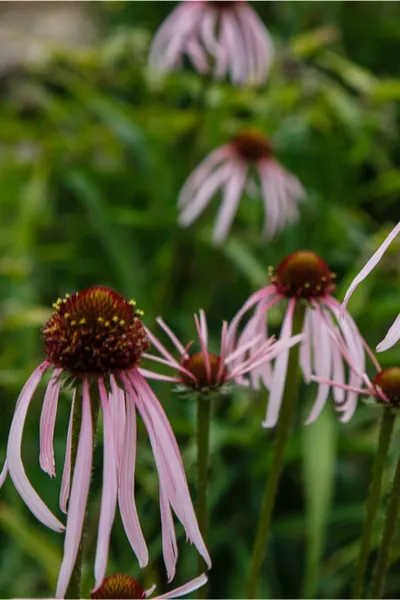
They also do a great job of adding interest to a winter landscape that is often bare.
In addition, many gardeners leave the stems and seed heads of coneflowers, black eyed susans and shasta daisies up through winter to help feed foraging birds.
And Don’t Cut Back Those Mums!
When it comes to garden mums, it is always best to leave their foliage completely in tact. With their late fall flowering, the plants need the extra foliage to help protect them from winter’s fury.
Here is to cutting back the perennials in your landscape, and to healthy, big blooming plants next year!

This Is My Garden is a website dedicated to spreading the love and knowledge of gardening around the world. We publish two new garden articles each week. This article may contain affiliate links.
